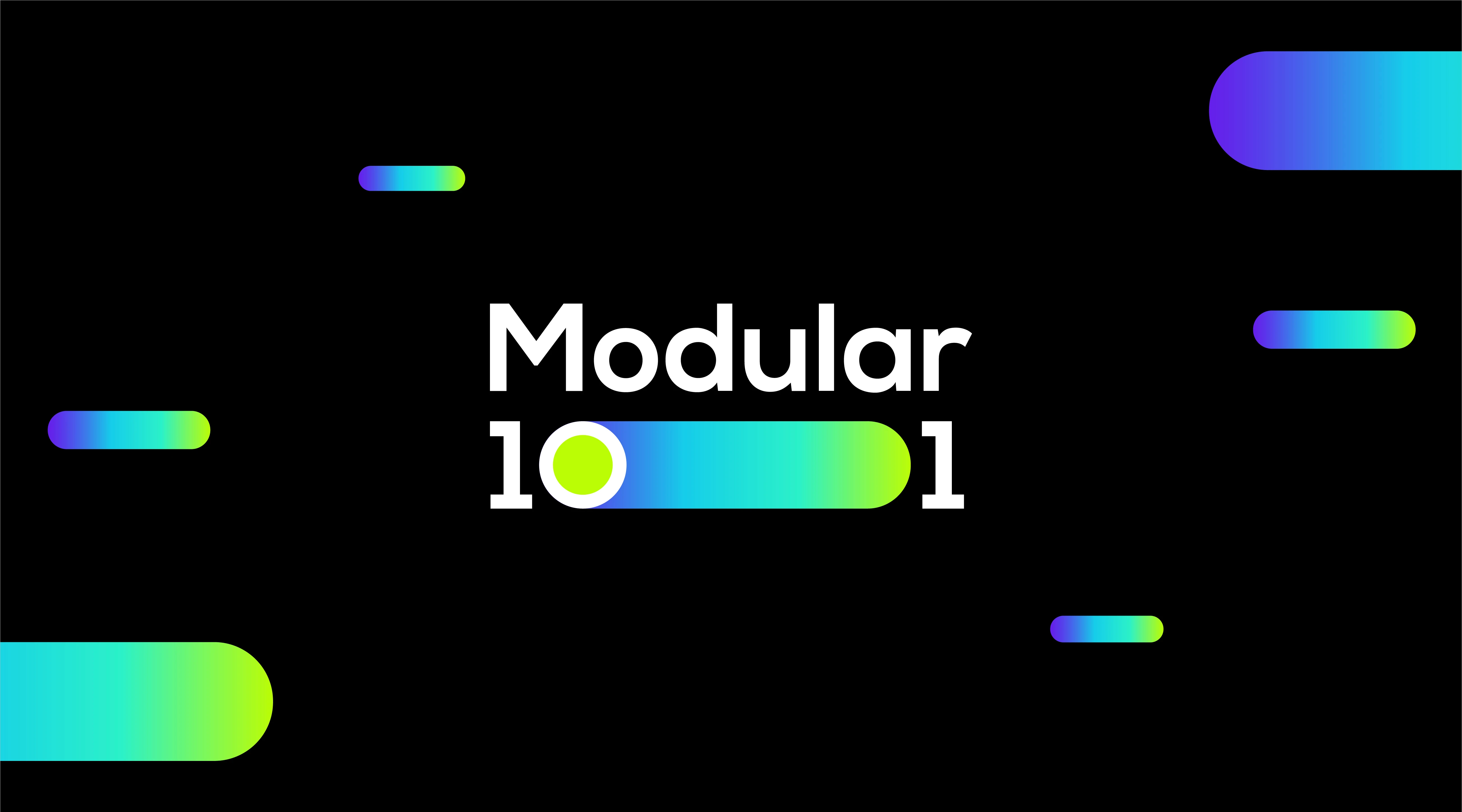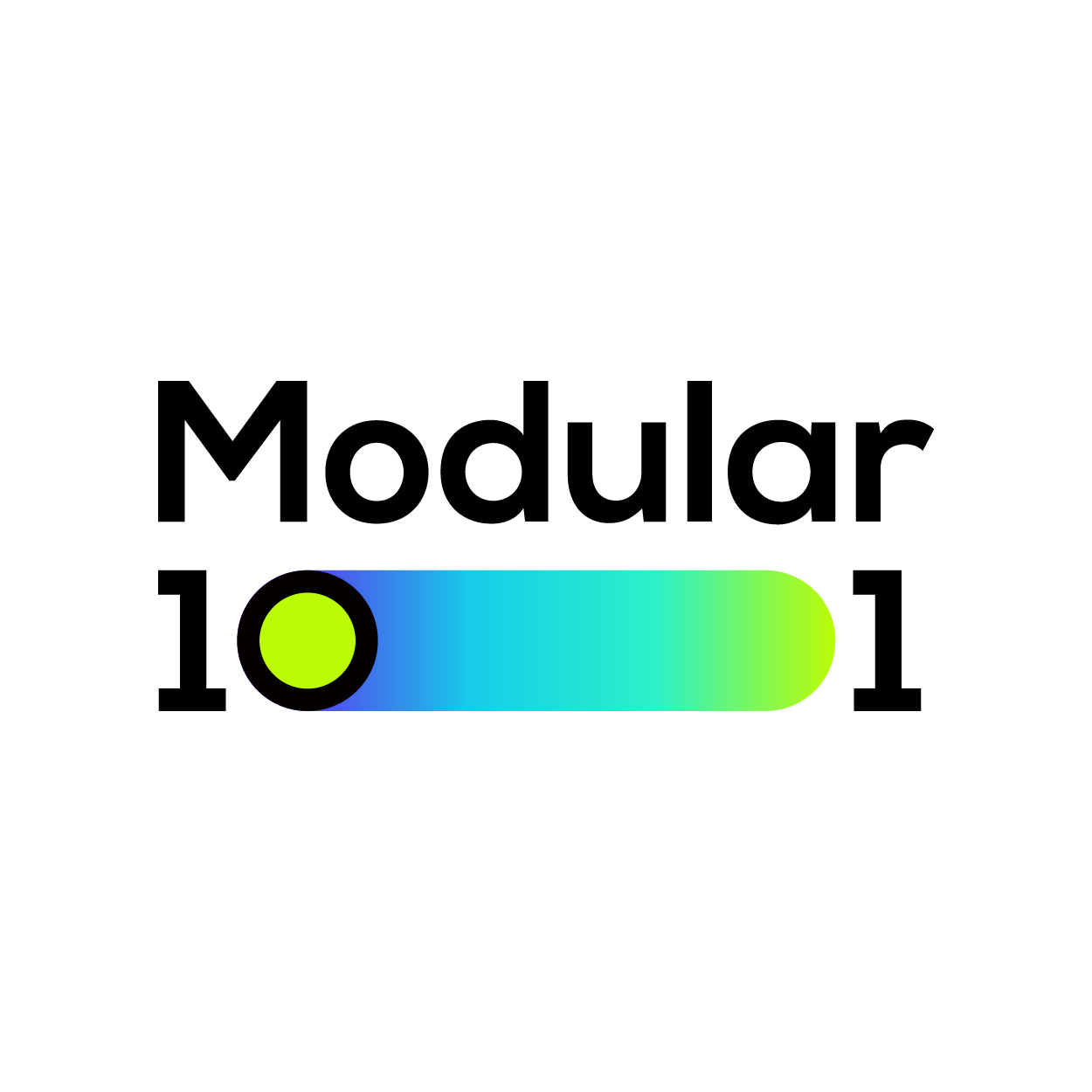
Avail is creating the foundation layer for the blockchain of the future, enabling developers to build rollups and appchains with scalability, flexibility, and simplicity. Avails vision for the future is to provide Web3 developers with an environment that is as easy to build as Web2, and to transform traditional systems based on centralized trust into trustless systems.
Avail announced its independence from Polygon in March this year and will focus on becoming the preferred consensus and data availability layer for the entire blockchain ecosystem.
So far, many new developments have taken place, and the second long-running testnet was released in June this year: the Kate testnet. A new set of external validators have also joined the system, and participants have begun running validators and full nodes, as well as light clients.
It takes a lot of courage to choose your own unique development path. Therefore, when other projects and new partners contact Avail and want to cooperate, they are very active. They have ongoing or planned integrations with several companies, such as Sovereign Labs, Dymension, and Madara. When they reached out to these potential partners, they were encouraged by the positive feedback and product fit reviews from these partners. This positive feedback once again reinforces their confidence that as a blockchain primarily focused on reaching consensus and providing data availability, with data availability sampling capabilities, they are laying a solid foundation for future blockchain technology.
Going modular
Over the past year, rollups for performing scaling have come into focus. Rollups are now recognized as the primary way to perform off-chain computation outside of the base layer.
As these and other technologies develop, we are talking about blockchain constructs becoming modular in nature. Ethereums rollups are essentially executed off-chain and rely on the base layer to handle data availability and settlement, most commonly through rollup smart contracts.
Rollups focus on scaling execution, but how do you scale data availability? Data scaling for Rollups is the next frontier in the evolution of all base layer blockchains. Avail is at the forefront of this, with unparalleled data availability interfaces and innovative security approaches.
Simplify blockchain integration and translate into trust
Our global society is built on systems and organizations that are considered trustworthy. However, because these systems and organizations involve human participation, there is an inherent human element. This human element can limit the ability of systems and organizations to scale and can introduce some form of bias or unfairness. For example, even with todays technological advancements, many companies and individuals still rely on trusted mechanisms such as escrow when moving funds. We can and should look for better methods and systems to accomplish these tasks, rather than relying solely on existing trusted methods.
Blockchain technology, through peer-to-peer interactions, allows us to remove the human element from trust and rely on mathematics to reduce bias and extend trust, not just within a country, but around the world.
Ultimately, we are driven by the belief that blockchain technology has the power to transform ownership, trust, and value exchange and are committed to making trustless computing infrastructure open to developers and pushing the boundaries of possibility.
Avail wants to build an infrastructure that allows application developers to integrate trustless components into their applications.
“Our goal is to ultimately enable asynchronous app chains. We believe that just as Web2 microservices extended the Internet, app chains with asynchronous composability will extend blockchain and trustless computing.” —— Anurag Arjun
In the future, end applications will be composed of components across multiple application chains rather than on a single large chain, increasing scalability, flexibility, and interoperability. Avail has a huge design space for asynchronous composability: the ability to build applications that can (asynchronously) combine functionality from multiple application chains.
Possible examples of this include: payment channels as a service, escrow as a service, ledgers as a service (e.g., NFTs, fungible token accounts), and more alternatives to the trusted solutions in everyday applications today. Complex applications.
To achieve widespread use, the developer experience of asynchronous composability in application chains needs to be equivalent to integrating APIs in regular applications. When we get there, well see developers show their creativity in how to embed trustless services into everyday applications. To achieve this goal, Avail will empower chain developers with a strong data availability base layer, allowing them to easily launch their own chains. Avail is working to simplify the blockchain integration process, drive innovation, and reshape the future of blockchain.
Features already implemented on Avail
The focus of Avail is to be the default DA layer for Ethereum rollup infrastructure. When they want to deploy Validium, Optimistic chain or L3 chain, they can directly use the services provided by Avail and enable them to deploy a standalone application just like on Ethereum. Deploying smart contracts is just as easy.
Avail is the base module layer for other blockchains, most notably rollups. These rollups can be based on validity proofs, optimistic (based on fraud proofs) or simply pessimistic rollups (all state transitions are re-executed). Avail provides large-scale consensus and data availability services for rollups.
Avail Light Clients utilize KZG polynomial commitment, erasure coding, and Data Availability Sampling (DAS) to allow verification without downloading block data (except for a small random sample). They can also download all transactions for a single application/rollup, thus enabling application full nodes.https://blog.availproject.org/avail-light-clients/
This will build a large, vibrant ecosystem on Avail:
1. Different types of rollups that utilize the Avail block space, but can be adjusted for unique needs.
Independent rollups: validity proof/ZK rollups, optimistic rollups, pessimistic rollups
Application-specific chains: custom execution and state (consider Cosmos-style application chains using validity proofs or optimistic construction)
Universal chains with complex environments, such as EVM, SVM
2. Infrastructure applications such as Validiums and L3 sequencers
Validiums
Optimistic chain
L3 chain
3. The state verification bridge is the most powerful interoperability method and can achieve asynchronous combination between rollups.
4. Shared security: Applications do not need their own set of validators. You can create a new link with one click.
5. Light clients will be built into application clients (and wallets) and we will have millions of them.
Looking to the future
Avail’s vision includes changing the blockchain landscape through a robust consensus and data availability layer. By providing raw block space for modular chains, Avail enables developers to build rollups and appchains with scalability, flexibility, and simplicity. As Avail evolves, it opens the door to verifiable computation, asynchronous messaging, and a broad ecosystem.
A different path requires courage, determination and commitment. The Avail team may have what it takes to get where they want to go.
Original link:https://blog.availproject.org/the-avail-vision-reshaping-the-blockchain-landscape/
Compilation: Modular 101
read more:
From single chain to modular: How Avail is changing blockchain application development
How can a novice install and run a Celestia light node in 30 seconds?
Take a quick look! 7 misconceptions and truths about modular blockchain!










